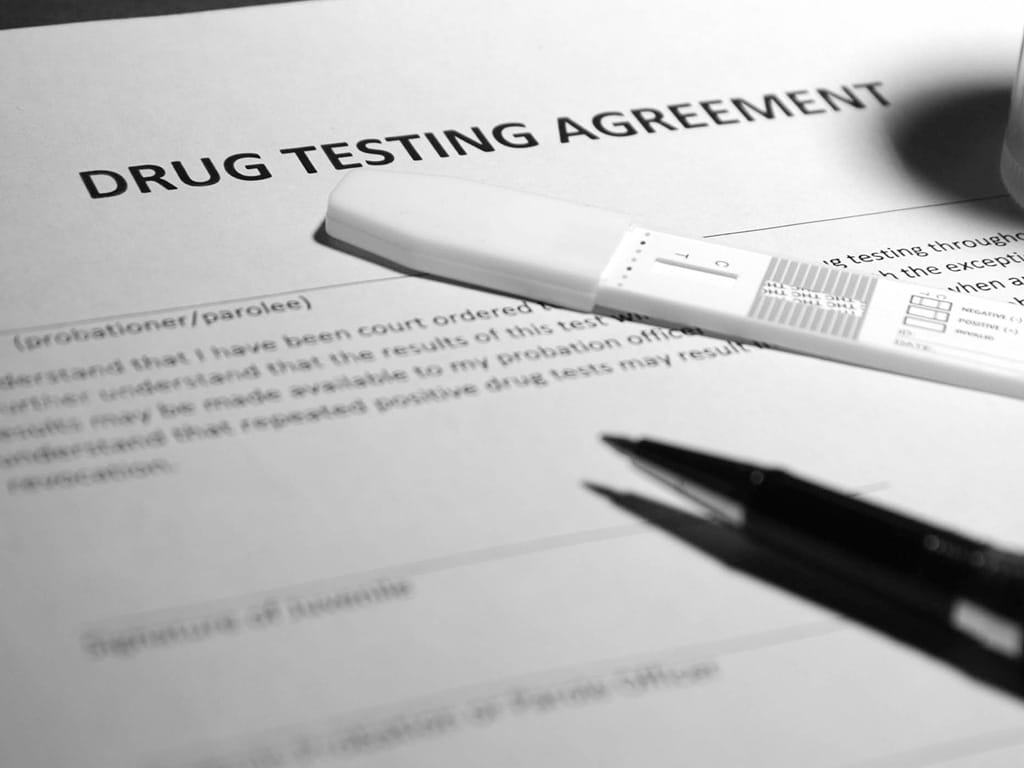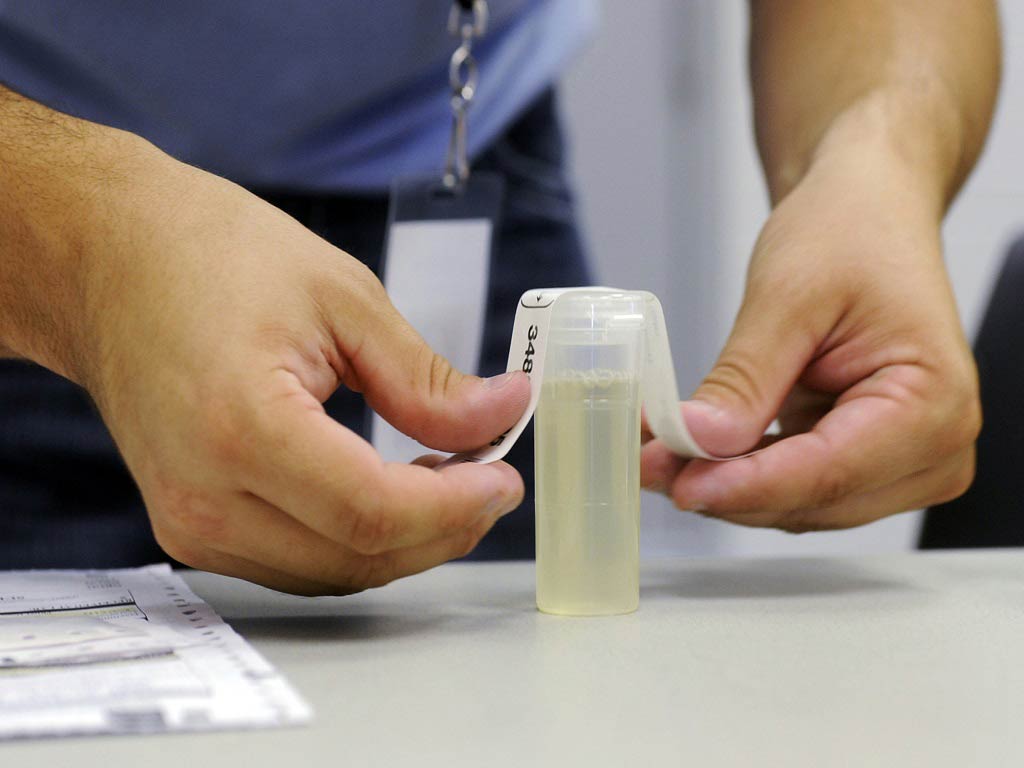Workplace Drug And Alcohol Testing Act: Overview & Legal Implications
26 April, 2024

Substance abuse disorders can lead to occupational health and safety issues. Companies establish workplace drug and alcohol testing acts as safety initiatives to prevent this. Workplace testing regimes incorporate different types of tests to ensure compliance with the company policy. However, employers must remain compliant with relevant legislation. As such, they must avoid confidentiality issues and gain consent before testing. Moreover, they must properly inform the employees of the policy.
Drug and alcohol screening is a crucial measure typically done in high-risk industries. This is because they have safety-critical positions, like operating heavy machinery and heavy vehicles, and accidents from these can cause injuries and fatalities. It also helps the company build a productive workplace by establishing corrective measures as penalties for violating the policy. This article will present information on workplace substance testing, its legal implications, and implementation guidelines.
Overview of the Workplace Drug and Alcohol Testing Act in Australia
The workplace drug and alcohol testing act in Australia is a document that outlines the regulations and guidelines for drug and alcohol testing in the workplace. The act or policy aims to ensure the safety of employees, independent contractors, and the public by implementing procedures to detect and deter substance abuse in the workplace.
Although there are no specific laws mandating or prohibiting testing in Australia, it is generally known that companies may implement drug and alcohol testing policies. They aim to reduce the level of risk introduced by uncontrolled drug and alcohol consumption in the workplace. The effects of alcohol and illicit drugs in the workplace include increased risks of accidents, legal liabilities, and low productivity.
Workplace policies on substance use are crucial for companies in high-risk industries. This includes those in manufacturing, aviation, mining, and construction. Impaired employees put the workplace at risk. They may even endanger public safety if left unchecked. As such, drug and alcohol screens are a crucial measure even at the workplace level.
Purpose
- Workplace testing seeks to ensure the safety and well-being of employees on the company premises by implementing control measures.
- It aims to deter substance abuse and promote health and safety, especially for those in safety-critical positions.
- It can help provide early intervention for the well-being of the individual.
- This can become a way for a worker with a substance dependence issue to seek help and get the resources for rehabilitation.
- The testing act serves to identify and address potential issues before they lead to an accident at physical locations.
- It ensures that companies follow guidelines and adhere to their obligations to maintain workplace safety.

Legal Implications Surrounding Workplace Drug and Alcohol Testing Act
Employers must consider the legal complications when conducting workplace drug and alcohol testing acts. Firstly, they must ensure their testing procedures comply with the acceptable standards and safety legislation related to testing. To ensure this, companies should use drug and alcohol test kits that meet Australian standards. With laboratory testing, they must contact accredited alcohol and drug screening service providers.
Secondly, the testing process should be clear and fair to all employees. This involves having a set procedure for testing and communicating the result to the worker. Drug and alcohol screenings should not be done without a solid reason. Moreover, they should inform the employees about the purpose of the test and their rights regarding consent and confidentiality.
Thirdly, companies must have a clear drug and alcohol policy in place that outlines the expectations, consequences, and support available for employees. They must communicate the policy effectively to all staff members. Lastly, employers need to consider privacy laws when conducting drug and alcohol testing. They must ensure that the relevant staff handles personal information confidentially.
Employee Rights and Confidentiality
Companies must respect the rights of their employees when conducting testing. Although companies can implement testing procedures, it is not an automatic right given to them by Australian laws. Moreover, it remains subject to strict regulations regarding privacy and confidentiality provisions.
Employees have the right to refuse drug and alcohol testing. However, this may result in disciplinary action. They also have the right to know the reason for testing and how employers will use the results. In addition, employees have the right to privacy when it comes to their personal information, including drug and alcohol test results.

Implementation Guidelines for Workplace Drug and Alcohol Testing Act
Following strict implementation guidelines is essential when executing a workplace drug and alcohol testing act. Foremost, the policy should be properly communicated to all employees to ensure every worker has a working knowledge of the document. They may deliver this by posting it to the company noticeboard and providing seminars and training to workers. This helps employees understand their legal rights and duties.
Furthermore, the management may gather input from the workers regarding the testing policy. This can provide insight into the workplace culture and give the employees a sense of ownership in creating a safe and healthy work environment. One key to an effective policy is to regularly review it and ensure its ability to reduce safety risks.
When implementing the policy, employers must get informed consent from their workers before conducting the testing. This can be obtained through a written consent form that clearly outlines the purpose of the testing, the testing methods, how the results will be used, and the consequences of refusing to participate. Companies must enact disciplinary measures for breaches fairly to employees unfit for work.
Testing Methods
There are several types of drug and alcohol tests that employers can use to trace the presence of alcohol and drugs. Many use oral fluid and urine drug and alcohol tests because of their non-intrusive nature and accessibility. Companies can use alcohol and drug test kits to conduct workplace testing programs.
Many employers also conduct alcohol breath testing because of its ease of use and swift results. It detects alcohol misuse by measuring the blood alcohol concentration levels using breathalysers. It provides qualitative results that serve as an objective measurement of intoxication. Blood and hair tests are also available for specialised cases.
Conclusion
The workplace drug and alcohol testing act is a document that enables companies to establish alcohol and drug testing programs. It establishes guidelines and informs employees about the stance of the company regarding substance use. This helps them prevent alcohol and drug issues from affecting the workplace. These policies are particularly crucial for companies in the mining, manufacturing, construction, and transport industries. They help prevent accidents due to unsafe work practices.
However, there are legal implications that employers must consider. As such, they must establish safeguards to prevent privacy issues and ensure the testing process is fair for all workers. Moreover, they must confirm employees learned about the policy and consent to testing before implementing the test. They may establish education programs to help accomplish this. Common testing methods include urine, saliva, and breath alcohol tests. Companies may contact accredited service providers to oversee the testing process.






























